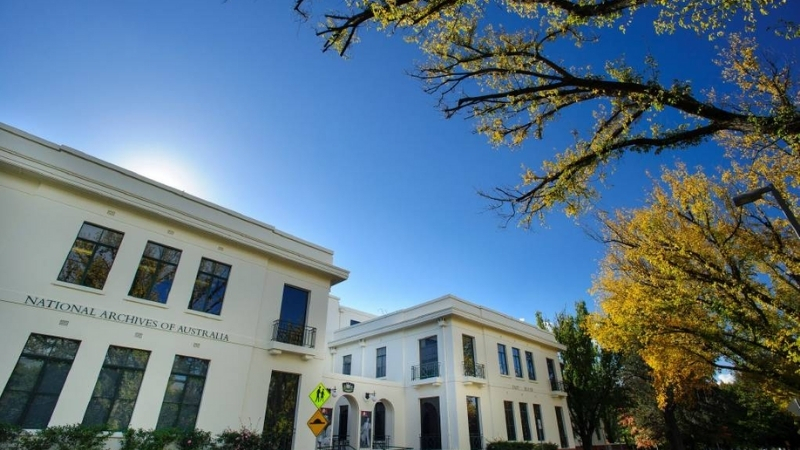As tenants reassess their post-pandemic office needs, the owners of mid-tier commercial offices have a significant opportunity to reposition their assets and place sustainability at the core.
The Clean Energy Finance Corporation (CEFC) has been working with the sector since 2013 to demonstrate how sustainability initiatives can transform existing buildings into high performance, energy efficient commercial office spaces.
Green buildings attract a 4.3 per cent premium in value as well as a 13.4 per cent increase in net income, according to the Green Building Council of Australia.
Better performing office buildings help lower electricity consumption, attract valuation premiums, experience increased tenant demand, generate higher incomes and support a least-cost pathway to lower Australian emissions.
Greener buildings for better tenant covenants
The CEFC has identified considerable opportunity for mid-tier assets, which make up some 80 per cent of Australia’s commercial building stock.
CEFC investment director Michael Di Russo said the benefits of improving building performance can help increase the value of assets while reducing the risk of future obsolescence.
Di Russo said mid-tier office spaces were often at a higher risk of vacancy than prime office space, but repositioning strategies could help them achieve a new lease on life.
“A vacant property presents the most cost-effective opportunity to replace end of life equipment such as heating, ventilation and air conditioning (HVAC),” Di Russo said.
“Refurbishments to meet the changing expectations of tenants also provide the opportunity to reposition assets with an increased sustainability focus.
“Capital expenditure is going to be a hot topic for mid-tier owners over the coming year.”

Adding value through active asset management
The CEFC is working with investment manager and real estate developer EG to demonstrate ways to achieve cost-effective improvements.
The CEFC has a $25 million investment in the EG-managed High Income Sustainable Office Trust which is targeting a NABERS Energy rating of 4.5 stars or higher across its portfolio.
EG is using active asset management strategies to target commercial investment returns in conjunction with improved energy efficiency.
The heritage-listed East Block in Canberra, which is home to National Archives Australia, is one of the assets undergoing a program of works to take it from a 1 star building to 4.5 stars—the minimum requirement for government tenants.
Along with a new entrance, café and public space, improvements will include a building management system upgrade and HVAC tuning, LED lighting upgrades, installation of 100kW of rooftop solar photovoltaics and installation of electricity and thermal sub-metering.
Planned improvements costing $1.1 million are expected to deliver a 36 per cent annual energy saving and annual emissions reduction of 460 tCO2e.
Mainstream technologies delivering long term savings
The CEFC, through its work with EG and other property sector investors, has identified commonly deployed mainstream technologies that are delivering improvements to energy efficiency and NABERS Energy ratings.
The most common initiatives are:
Upgrading lighting and using occupancy sensors to minimise wastage
Reconfiguring or replacing old HVAC equipment for improved system efficiency
Installing BMS and analytics platforms
Installing electricity and thermal sub-metering.
Once measures to reduce energy use have been implemented, installing rooftop solar PV can further help property owners realise value from unused roof space by using energy generated for base building energy consumption. Embedded networks can open up opportunities to offer clean energy to building tenants.
The suitability of sustainability initiatives can vary significantly between assets and all initiatives should be evaluated through detailed cost analysis to fully understand their potential.
The Urban Developer is proud to partner with CEFC to deliver this article to you. In doing so, we can continue to publish our free daily news, information, insights and opinion to you, our valued readers.